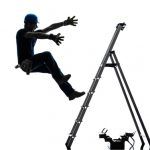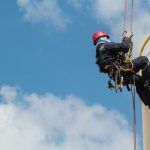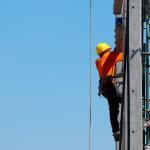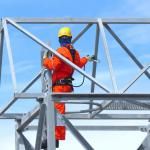
How to Inspect a Fall Arrest System Before Working At Heights
 A personal fall arrest system is a system is used to stop an employee in a fall. It consists of a body harness, anchorage, and connector. The means of connection may include a lanyard, deceleration device, lifeline, or a suitable combination of these.
A personal fall arrest system is a system is used to stop an employee in a fall. It consists of a body harness, anchorage, and connector. The means of connection may include a lanyard, deceleration device, lifeline, or a suitable combination of these.
Fall arrest systems require frequent assessments. Height safety inspectors need to assess the performance of such systems every quarter. If your company frequently uses fall arrester systems, you should plan for monthly assessments by inspectors.
What to Check When Inspecting a Fall Arrest System for Work At Heights
Inspecting equipment used in a fall arrest system is essential for the protection of employees who work at heights. The following equipment should be inspected:
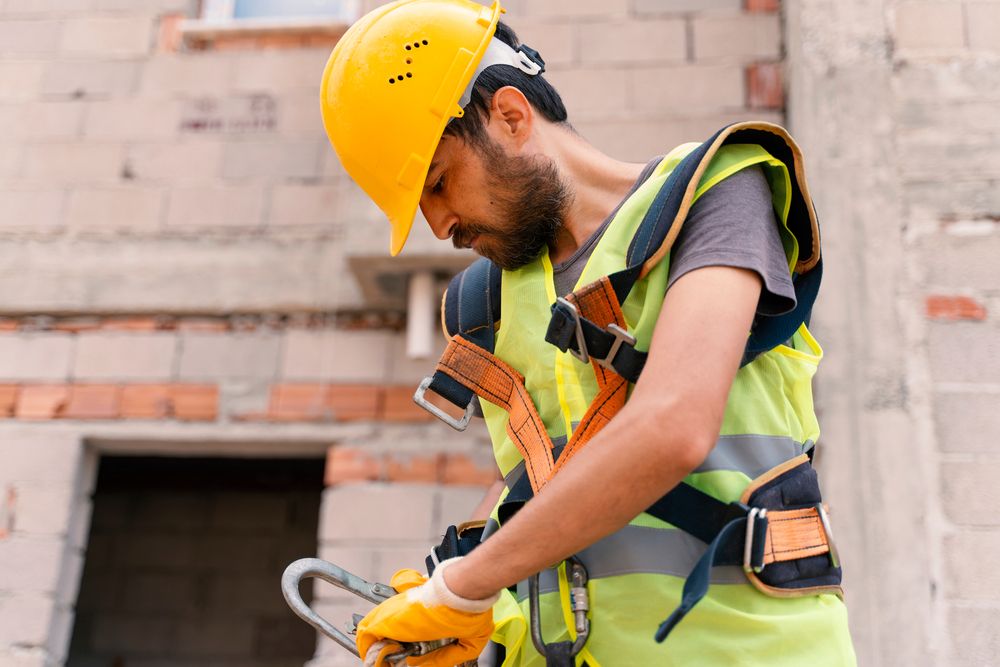
Personal protective equipment (PPE)
PPE is essential for protecting workers along with other commonly used devices. A height safety operator needs to inspect PPE before and after every use. Helmets, safety belts and other personal protective gear fall under this category.
After every assessment, the height safety inspector should compile all observations in a checklist. Monthly reports help employers assess the need for additional PPE or replacement gear for their workers.
Body Harnesses
Harnesses are essential for working at heights. They are secured to employees in a manner that will distribute forces over various parts of a worker’s body should a fall occur. Harnesses also allow for other components of a fall arrest system to be connected.
Proper maintenance and inspection of this gear is crucial. All harnesses must be inspected before and after each use, to determine their durability. They should also be inspected thoroughly semi-annually. Inspection of harnesses must be carried out by a height safety operator with experience in assessing fall arrester systems.
Lanyards
Lanyards are a flexible strap that has a connector on both ends so that it can be connected to the body harness and the anchorage point. They should be inspected prior to each use.
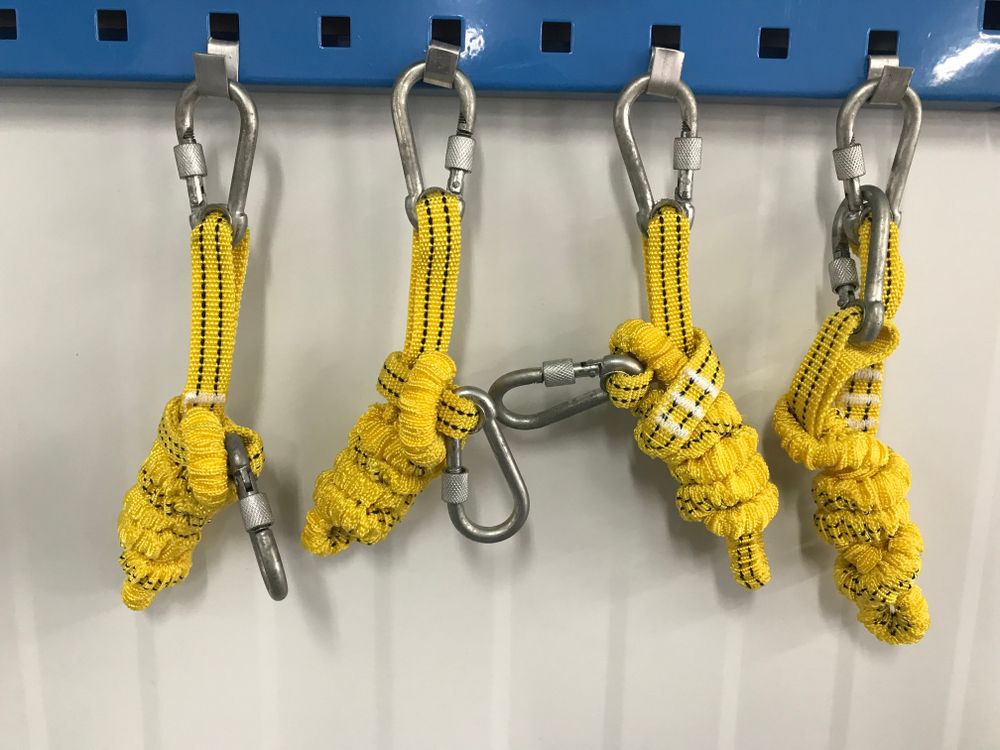
A height safety equipment inspector should assess the usability of lanyards every 3 – 6 months. Regular use of lanyards may need inspections within 2 months in some cases. However, if lanyards are not in use for long periods, six-month inspections will suffice.
Vertical and Horizontal Lifelines
Lifelines or anchorage points are the attachments workers use to secure themselves to the area they are working on.
Horizontal lifelines are used in work areas that lack overhead anchor points. Vertical lifelines provide workers with hands-free fall protection for ladders and other climbing tools.
Some lifelines require inspections every 6 months and yearly maintenance to ensure they are still up to standards.
Stressed gear (post-fall only)
If a fall arrest does occur at your workplace, each piece of equipment must be thoroughly assessed before being used again.
An experienced height safety inspector needs to carry out a detailed assessment of all equipment.
Further use of any equipment has to be approved by the inspector. Any item that contributes to protecting a worker from falls should receive multiple checks before further use. If the inspector is not convinced about the equipment’s safety, it should be replaced immediately.
Advanced Consulting & Training – Working At Heights
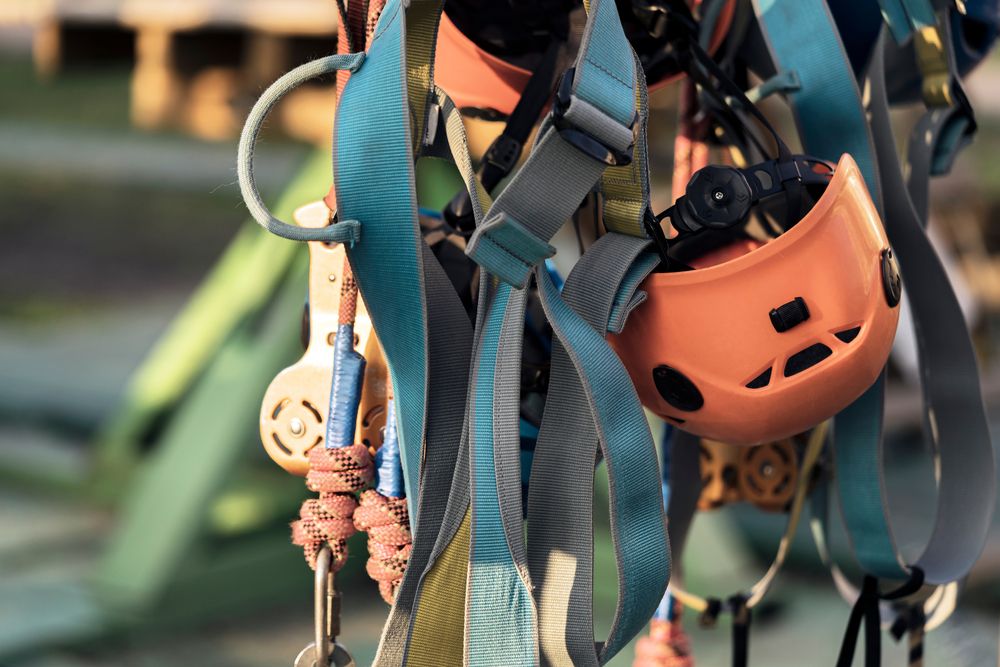
Reliable equipment is essential to work at heights safely. Fall arrester systems, safety harness gear, and other common-use equipment help save lives when working at heights.
Assessing the durability of fall arrest devices should not be taken lightly. It is the responsibility of employers and workers to ensure all working at heights equipment is in perfect working condition.
With correct maintenance, inspections, and replacements, employers can avoid tragedies and improve employees’ working conditions.
At Advanced Consulting & Training, we offer professional training for working at height. Our safety training ensures that employees are trained on the proper use and inspection of fall protection equipment. Contact us today if you’re interested in working at heights training for your employees.

